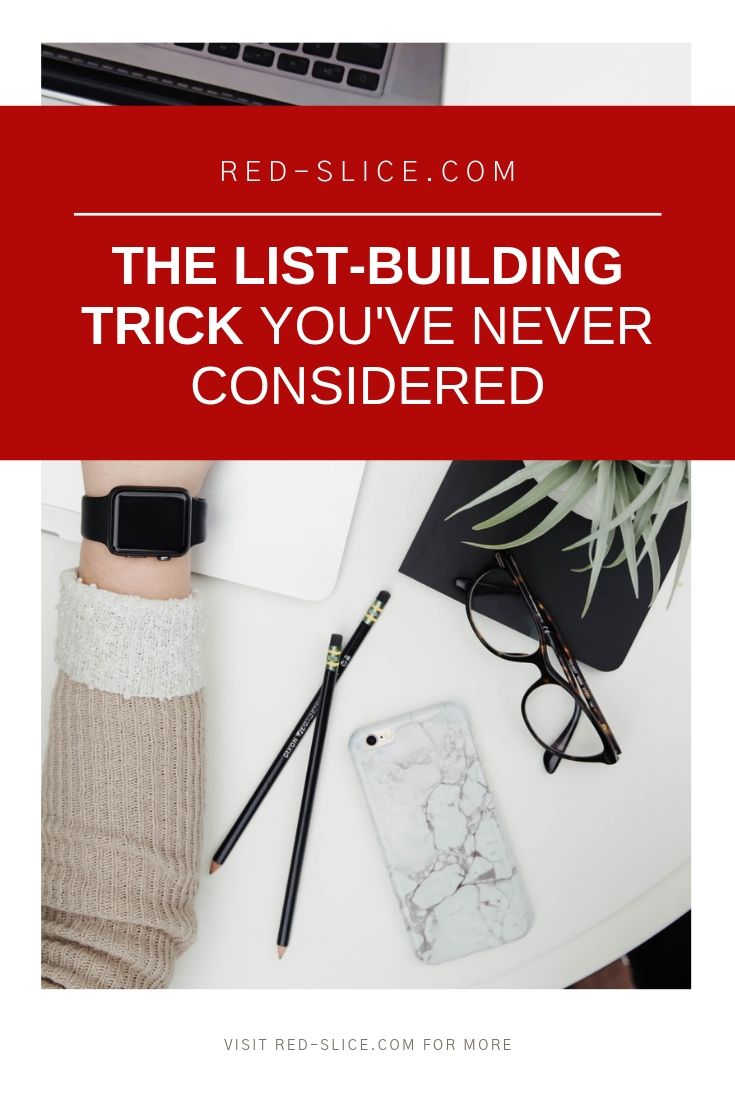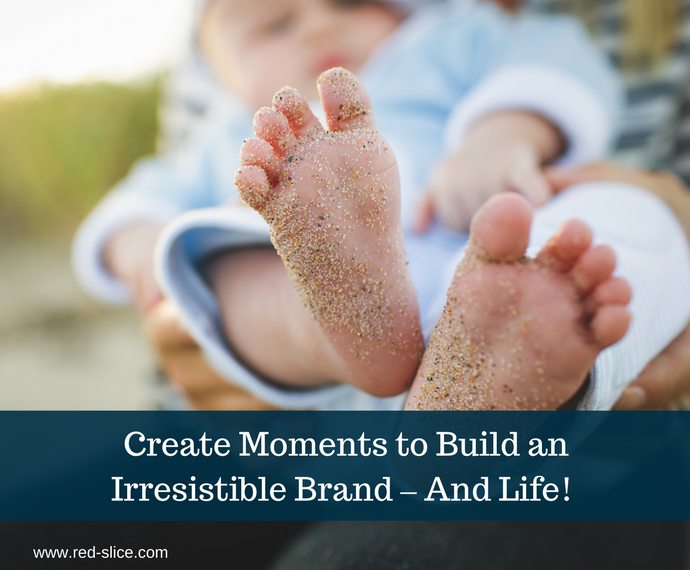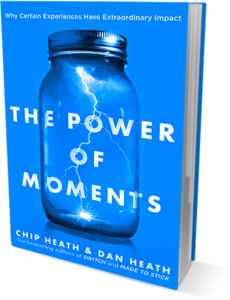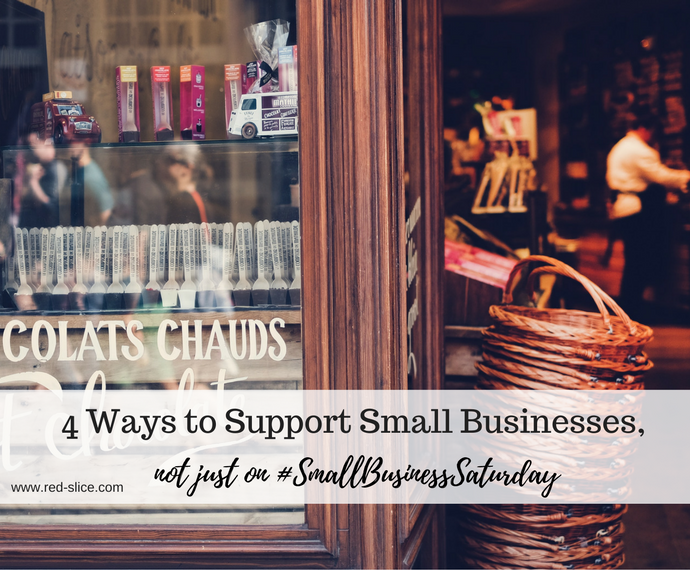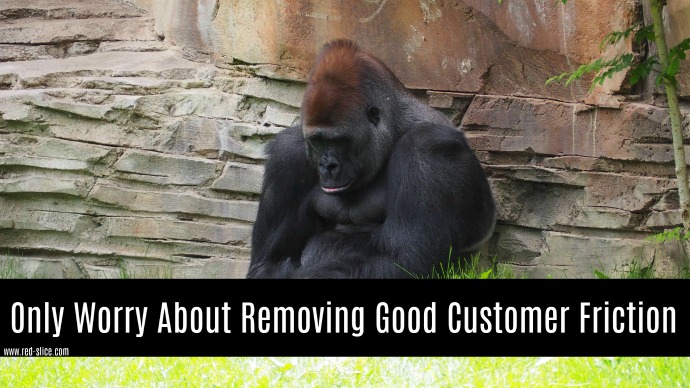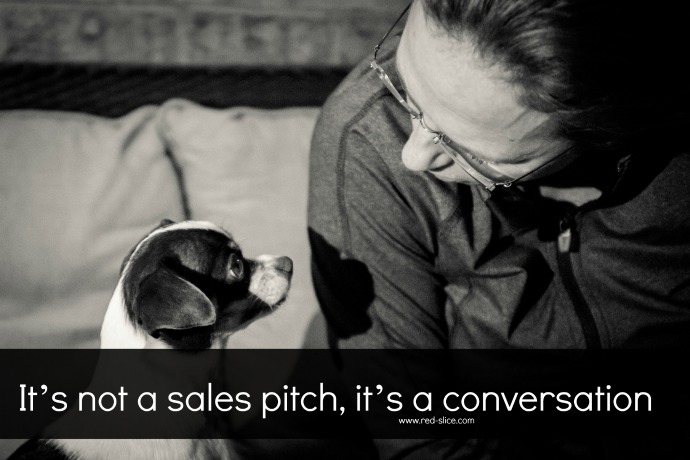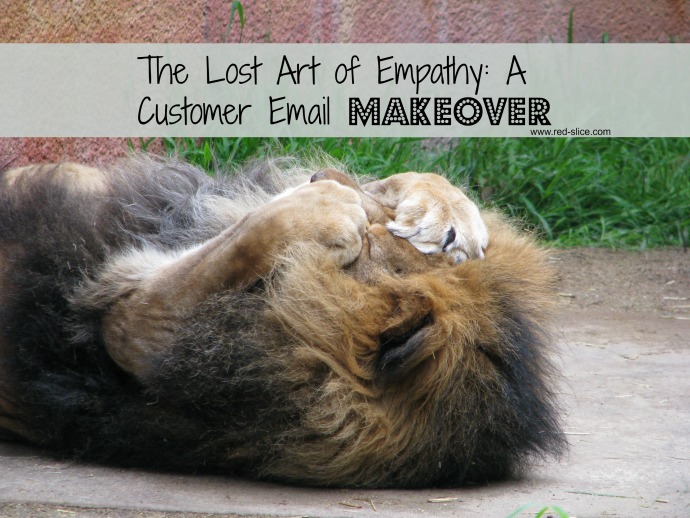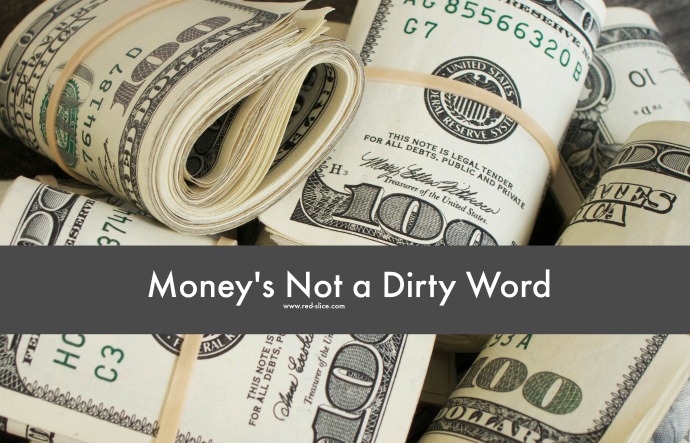
“Hi, nice to meet you! You’ve never heard of me before but please click this button/take my business card and spend over $1000 on my products or services.”
The underappreciated skill of marketing is to take a customer on journey. One where they get to know you, assess your approach/values, evaluate how you can solve their needs and compare you against the alternatives. This sales cycle can happen in 5 minutes (rarely, unless you are chewing gum at the checkout line: a low-risk, low investment impulse purchase) or more likely, if you sell high-value goods or services, anywhere from one to six months. For some enterprise software firms with deals worth more than $500,000, this could take even longer.
I know, I wish it could be easier, believe me. You write a clever social media post, create a slick sales page or run one compelling ad and…BAM! New buyer.
Please stop proposing on the first date! Prospects need time to learn about you, know, like and trust you before they are going to invest their money and time. (TWEET THIS!)
Most of you don’t sell $5 items, but more expensive products or professional services.
When was the last time you parted with more than $100 when you met a brand for the first time?
To take a prospects on the journey, you need to build a marketing funnel. Or as I like to call it, do some good ole’ fashioned wooing and create a courtship plan.
Here are 5 ways to build a sales funnel so prospects can get to know, like and trust you before they buy:
- Offer a safe, no risk way for them to get to know what you are all about: an easily digestible free guide, white paper, or short video. This should be packed with value and not immediately lead to a hard sell, as they are still getting to know you. You are welcoming them to your world, so make them feel comfortable. Dating analogy: Don’t talk about how many kids you want or ask someone to meet you parents on the first date.
- Make each call to action or next step crystal clear: While the next call to action from #1 should not necessarily be BUY NOW, what other step should they take in the journey to get closer to a purchase? Perhaps ask them to invest some more time at a webinar or an event. Or ask them to sign up for your email list so you can deliver valuable content on a consistent basis and prove your expertise. Dating analogy: Plan some fun dates and keep things breezy and casual for a while…but make your intentions known that you are serious about building a long-term relationship.
- Offer multiple touch points: Building an automated follow-up funnel and getting them on your regular emails is great, but make sure you also have air cover (also known as brand marketing!) Are you posting regularly to social media? Are you doing a few ads every now and then so you stay top of mind? Are you booking speaking engagements or media? Combining your lead funnel “ground game” with the “air cover” of brand is a winning combination for prospects to start getting more comfortable. Dating analogy: Know any friends who can talk you up to your new crush? Or how about sending some flowers, an article you think they might like, or a “thinking of you” text so you stay top of mind between dates.
- Follow-up: Don’t leave people hanging. I can’t tell you how many vendors I wanted to spend money with, but I got busy and they never followed up. If you had a conversation or they attended a webinar and asked a lot of questions, be sure to promptly follow up and ask what they thought, what specific challenges they face, why they attended your training or downloaded your guide. You can automate this with emails or if you have strong analytics and can segment out the really interested folks, reach out directly with a personal email or call. Dating analogy: If you say you’re going to call the next day after your date, CALL!
- Make it easy for them to buy: When you get to the purchase phase, tell them what to do to seal the deal. Offer options. Ask for the sale (gracefully). Clients want to be led and they need to know what to do to say yes. Make sure your directives are clear: What button to press, where to click, what the contract process looks like. Dating analogy: When we are ready to commit to someone, what do we do? We pop the question: Will you marry me, or will you move in with me? Don’t assume they know that’s what you want!
For more advice on this topic, you may enjoy these past articles:
How to do content marketing right (3-part series)
The Art of Seduction: How to Woo Your Audience with Great Content
How to Build a Sales Process and Close More Deals
4 Tips for How to Sell Without Selling Your Soul
And did you know? Sales funnels that effectively use video marketing can greatly increase your customer conversion. Check out this article on How to use videos in a sales funnel for high conversion from Studiotale, to know more about employing videos in your sales funnel.




